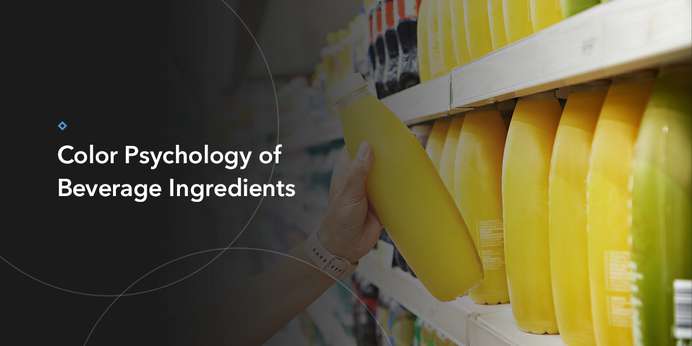
A beverage’s color can create a perception of quality and taste before a person even consumes it, ultimately influencing a buyer’s purchasing decision. Because of this psychology, beverage companies often put a significant amount of time and resources into determining the best product color, especially if it’s outside the norm of a specific category.


